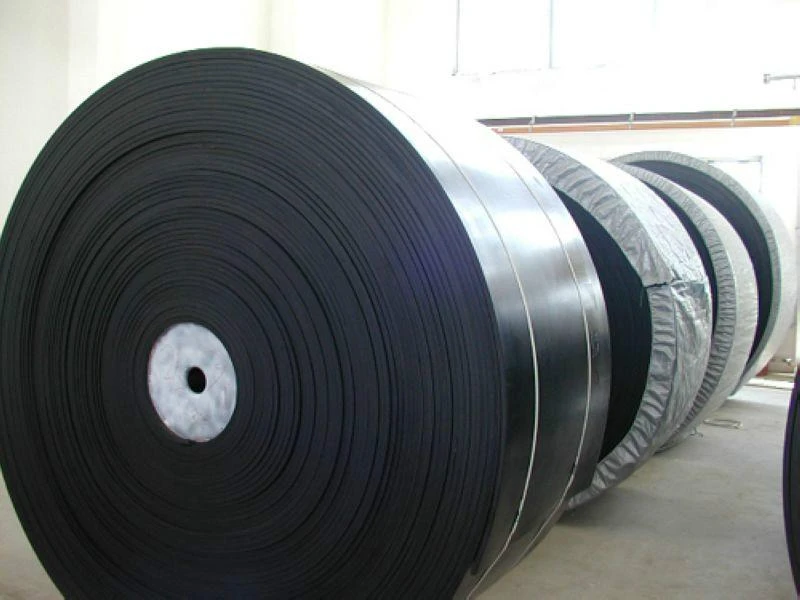 Afrikaans
Afrikaans  Albanian
Albanian  Amharic
Amharic  Arabic
Arabic  Armenian
Armenian  Azerbaijani
Azerbaijani  Basque
Basque  Belarusian
Belarusian  Bengali
Bengali  Bosnian
Bosnian  Bulgarian
Bulgarian  Catalan
Catalan  Cebuano
Cebuano  Corsican
Corsican  Croatian
Croatian  Czech
Czech  Danish
Danish  Dutch
Dutch  English
English  Esperanto
Esperanto  Estonian
Estonian  Finnish
Finnish  French
French  Frisian
Frisian  Galician
Galician  Georgian
Georgian  German
German  Greek
Greek  Gujarati
Gujarati  Haitian Creole
Haitian Creole  hausa
hausa  hawaiian
hawaiian  Hebrew
Hebrew  Hindi
Hindi  Miao
Miao  Hungarian
Hungarian  Icelandic
Icelandic  igbo
igbo  Indonesian
Indonesian  irish
irish  Italian
Italian  Japanese
Japanese  Javanese
Javanese  Kannada
Kannada  kazakh
kazakh  Khmer
Khmer  Rwandese
Rwandese  Korean
Korean  Kurdish
Kurdish  Kyrgyz
Kyrgyz  Lao
Lao  Latin
Latin  Latvian
Latvian  Lithuanian
Lithuanian  Luxembourgish
Luxembourgish  Macedonian
Macedonian  Malgashi
Malgashi  Malay
Malay  Malayalam
Malayalam  Maltese
Maltese  Maori
Maori  Marathi
Marathi  Mongolian
Mongolian  Myanmar
Myanmar  Nepali
Nepali  Norwegian
Norwegian  Norwegian
Norwegian  Occitan
Occitan  Pashto
Pashto  Persian
Persian  Polish
Polish  Portuguese
Portuguese  Punjabi
Punjabi  Romanian
Romanian  Russian
Russian  Samoan
Samoan  Scottish Gaelic
Scottish Gaelic  Serbian
Serbian  Sesotho
Sesotho  Shona
Shona  Sindhi
Sindhi  Sinhala
Sinhala  Slovak
Slovak  Slovenian
Slovenian  Somali
Somali  Spanish
Spanish  Sundanese
Sundanese  Swahili
Swahili  Swedish
Swedish  Tagalog
Tagalog  Tajik
Tajik  Tamil
Tamil  Tatar
Tatar  Telugu
Telugu  Thai
Thai  Turkish
Turkish  Turkmen
Turkmen  Ukrainian
Ukrainian  Urdu
Urdu  Uighur
Uighur  Uzbek
Uzbek  Vietnamese
Vietnamese  Welsh
Welsh  Bantu
Bantu  Yiddish
Yiddish  Yoruba
Yoruba  Zulu
Zulu conveyor frame parts
Understanding Conveyor Frame Parts An Essential Component of Material Handling Systems
In the realm of material handling and logistics, conveyor systems play a critical role in ensuring efficient movement and organization of goods within a facility. At the heart of these systems lies the conveyor frame, an essential component that supports the entire structure and contributes to the system's functionality. Understanding the various parts of a conveyor frame is crucial for anyone involved in the design, operation, or maintenance of these systems.
What is a Conveyor Frame?
The conveyor frame is the backbone of any conveyor system. It is usually constructed from durable materials such as steel, aluminum, or heavy-duty plastic, designed to withstand the weight of the goods being transported and the rigors of continuous use. The frame provides stability and support to other components, including rollers, drives, and belts, ensuring smooth operation and minimal downtime.
Key Parts of Conveyor Frames
1. Base Frame The base frame is the primary structure that supports the entire conveyor system. It is designed to provide strength and stability while minimizing vibration and flexing during operation. The base frame can come in various shapes and sizes, tailored to fit the specific needs of the conveyor application.
2. Support Legs These are vertical components that elevate the conveyor frame above the ground. Support legs are crucial for adjusting the height of the conveyor system to meet operational requirements. They can be fixed or adjustable, allowing for flexibility based on the working environment.
3. Cross Members Cross members are horizontal bars that connect the side rails of the conveyor frame. They enhance the frame's structural integrity and can also be utilized to mount additional components such as sensors or guides. Proper spacing and placement of cross members are essential to prevent bending or warping under load.
4. Side Rails These are vertical components along the sides of the conveyor frame. Side rails keep the materials on the conveyor intact, preventing them from falling off during transport. Depending on the type of materials being conveyed, side rails can be designed with varying heights and shapes.
conveyor frame parts

5. Rollers and Idlers While not technically part of the frame itself, rollers and idlers play a necessary role in the conveyor system. Mounted on the frame, they allow for smooth movement of the conveyor belt and the materials it carries. The correct placement and quality of rollers can significantly affect the conveyor's efficiency.
6. Drive Assembly The drive assembly, often attached to the conveyor frame, powers the movement of the conveyor belt. It typically includes an electric motor, gears, and a pulley system. The design of the drive assembly must align with the frame to ensure optimal performance and coordination.
7. Mounting Brackets These hardware components connect various parts of the conveyor system to the frame. They may be used to secure motors, sensors, or additional supports. Properly installed mounting brackets are vital for maintaining the integrity and operational reliability of the conveyor.
8. Accessories Conveyor frames can be equipped with various accessories, such as belt scrapers, inspection gates, and safety guards. These elements enhance the functionality and safety of the conveyor system while contributing to a more efficient material handling process.
Importance of Proper Maintenance
Regular maintenance of conveyor frames is essential to ensure long-lasting performance and avoid operational failures. Inspections should include checking for signs of wear and tear on the frame, support legs, and associated components. Addressing issues proactively can prevent costly breakdowns and downtime.
Conclusion
Understanding the various parts of a conveyor frame is fundamental for anyone involved in material handling. Each component plays a unique role in ensuring the efficient operation of the conveyor system. By prioritizing the right materials, design, and maintenance practices, businesses can optimize their conveyor systems for maximum productivity and reliability. Whether you are designing a new conveyor system or maintaining an existing one, knowledge of conveyor frame parts is key to enhancing operational efficiency and achieving success in the material handling industry.
-
Revolutionizing Conveyor Reliability with Advanced Rubber Lagging PulleysNewsJul.22,2025
-
Powering Precision and Durability with Expert Manufacturers of Conveyor ComponentsNewsJul.22,2025
-
Optimizing Conveyor Systems with Advanced Conveyor AccessoriesNewsJul.22,2025
-
Maximize Conveyor Efficiency with Quality Conveyor Idler PulleysNewsJul.22,2025
-
Future-Proof Your Conveyor System with High-Performance Polyurethane RollerNewsJul.22,2025
-
Driving Efficiency Forward with Quality Idlers and RollersNewsJul.22,2025





























